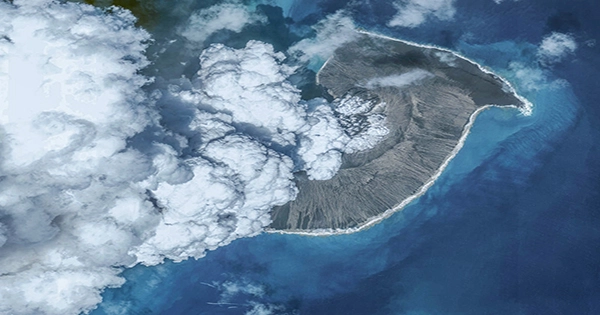According to a recent research from the United Nations, humans’ careless usage of sand may soon reach a crisis point. After water, sand is the most utilized resource on the planet, with applications in building and the natural environment. Sand, unlike water, is not considered a crucial resource. According to the latest assessment, our relationship with sand must alter immediately, or humans and the natural world will suffer serious problems.
“Our sand resources are scarce, and we must manage them carefully,” said Pascal Peduzzi, UN Environment Programme (UNEP) Director of GRID-Geneva and report program coordinator. “We need to dramatically modify the way we manufacture, build, and consume things, infrastructures, and services in order to achieve sustainable development.”
Sand is an essential component of our infrastructure, which includes concrete, asphalt, and glass. According to the estimate, around 50 billion tonnes of sand and gravel are used each year, which is enough to construct a 27 meter (88 foot) wide and 27 meter (88 foot) high wall around the globe. In certain areas, this excessive consumption outpaces the rate at which it is naturally regenerated, implying that sand supplies may soon be in jeopardy. With population growth and urbanization expected to accelerate in the next decades, these issues are anticipated to worsen.
“Sand is becoming increasingly important in the construction of our societies’ basic foundations: our homes, our children’s schools, dams, and solar panels to generate renewable energy. Sand is also required for the construction of roads, bridges, hospitals, and other infrastructure necessary for human progress. As a result, sand is the unsung hero of our progress “In the report’s preface, Sheila Aggarwal-Khan, head of UNEP’s Economy Division, remarked. “We now find ourselves in a position where our societies’ demands and aspirations cannot be satisfied without enhanced sand resource governance,” she concluded.
In addition to supply challenges, sand extraction causes erosion, aquifer salinization, and a loss of storm-surge protection, posing a rising threat to a variety of coastal and marine ecosystems. To prevent a catastrophe, the paper proposes that sand be recognized as a strategic resource, both as a construction material and for its numerous functions in the natural world, and that new institutional and legal mechanisms be put in place to govern it. It also suggests that sand extraction from beaches be prohibited.
Finally, it proposes that individuals be encouraged to employ sand substitutes such as crushed rock, repurposed building, demolition material, and “ore-sand.” “We can escape a disaster and progress toward a circular economy if we can get a handle on how to manage the world’s most exploited solid resource,” Peduzzi added.
















